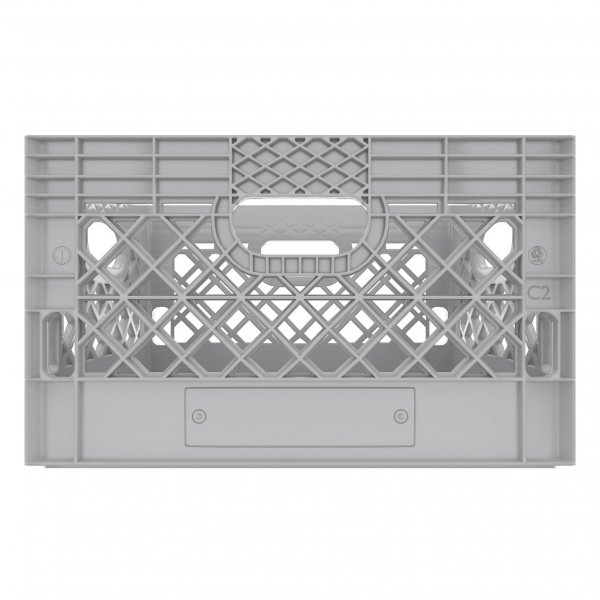When I started using drones for my commercial photo studio a few years back, I acquired an old Sony Pro camcorder case. This thing is HUGE! I added a foam insert for my P4 and I had room for everything I felt I needed. This included maps, radios transceiver, binocular, laser range finder. log book, safety gear etc. It was a real hassle to pack, carry and unload.
Fast forward to the Inspire 2 and it got even worse. Bigger and heavier. This case wasn't even big enough.
Another issue was our shooting style. I envisioned a nice relaxed approach to drone work. Boy was I wrong! Our studio is very busy with all sorts of work including web product photography, university marketing, lawyers, real estate etc. I found that we spent a lot of time packing and unloading and that didn't work well with our busy schedule.
Weather is another factor. It should be sunny from 11-1pm today... Oops..it's sunny now at 10am- let's roll! Rush rush rush! I need a better way. No transport mode. No case removal from the vehicle.
So I looked towards the way we move our other gear. Milk crates. Yes, milk crates. The longer rectangular type. These are industry standard in cinema and high end photography work. They are cheap, light, easy to carry and sized right for most things. Well.... maybe not for an Inspire 2. So I zip tied two together and added small crates to hold controllers and batteries. I used corrugated plastic to make dividers. It even hold the drone nicely cradled by the arms.
I grab the handles in the center and go. i can work from the car or truck without removing the crates and no lid to get in the way. So far, I really like this approach and I thought I would share it here.


Fast forward to the Inspire 2 and it got even worse. Bigger and heavier. This case wasn't even big enough.
Another issue was our shooting style. I envisioned a nice relaxed approach to drone work. Boy was I wrong! Our studio is very busy with all sorts of work including web product photography, university marketing, lawyers, real estate etc. I found that we spent a lot of time packing and unloading and that didn't work well with our busy schedule.
Weather is another factor. It should be sunny from 11-1pm today... Oops..it's sunny now at 10am- let's roll! Rush rush rush! I need a better way. No transport mode. No case removal from the vehicle.
So I looked towards the way we move our other gear. Milk crates. Yes, milk crates. The longer rectangular type. These are industry standard in cinema and high end photography work. They are cheap, light, easy to carry and sized right for most things. Well.... maybe not for an Inspire 2. So I zip tied two together and added small crates to hold controllers and batteries. I used corrugated plastic to make dividers. It even hold the drone nicely cradled by the arms.
I grab the handles in the center and go. i can work from the car or truck without removing the crates and no lid to get in the way. So far, I really like this approach and I thought I would share it here.








